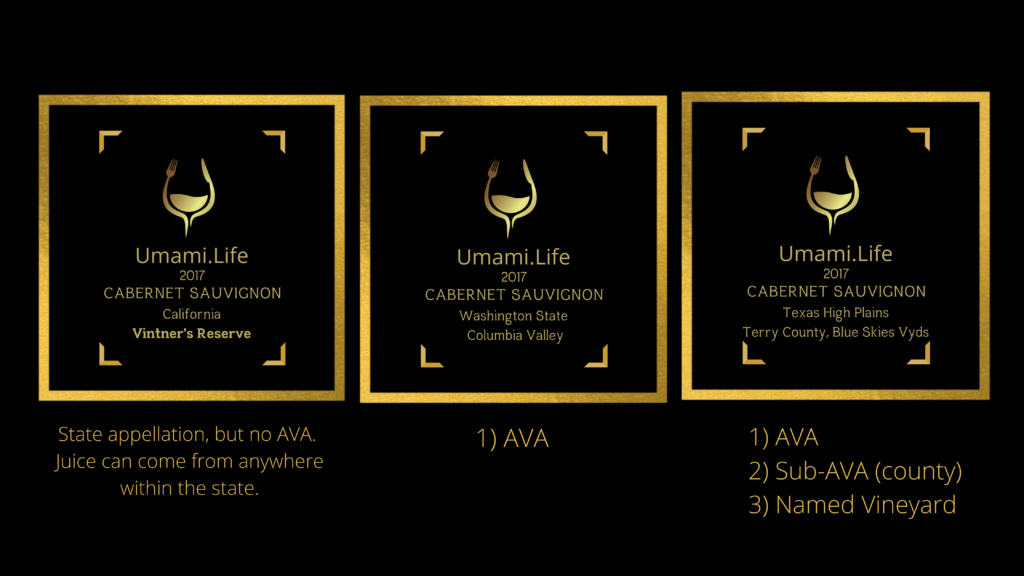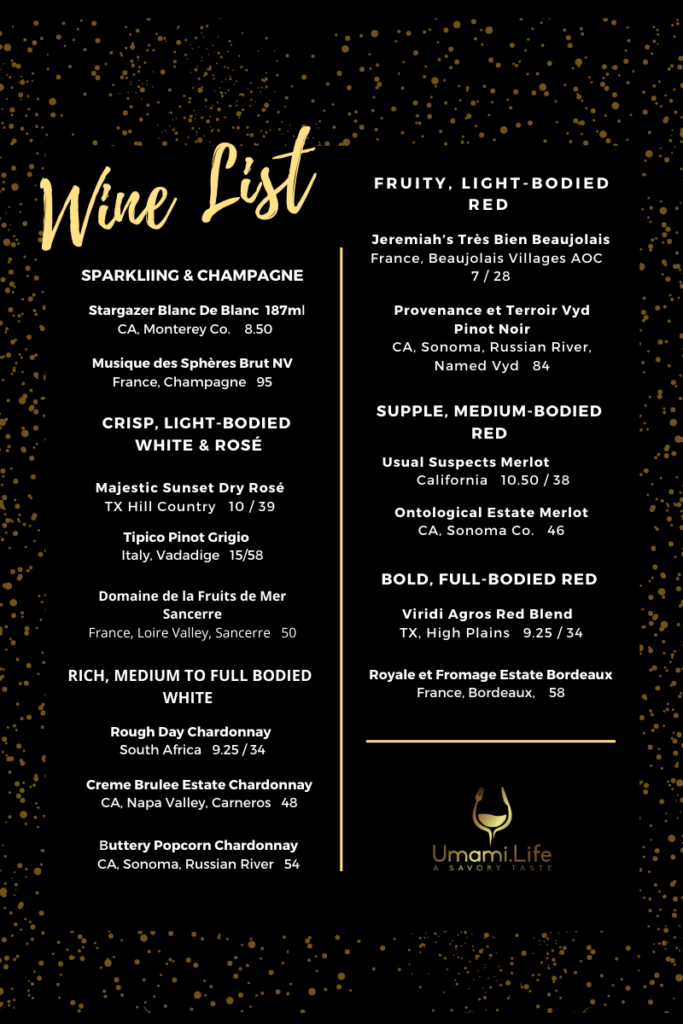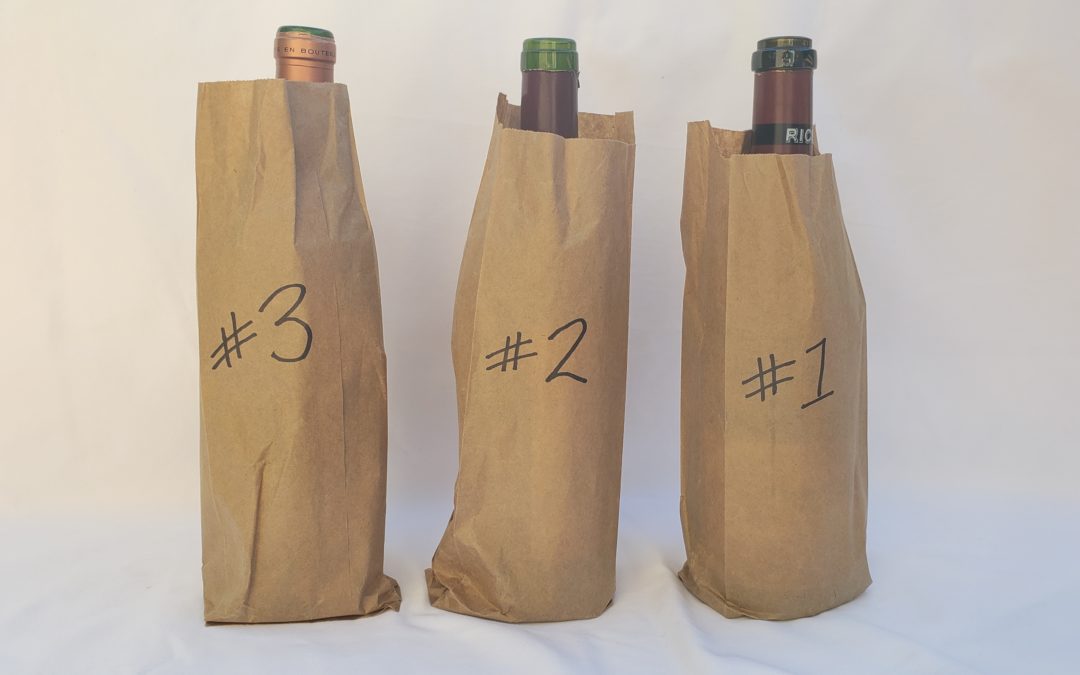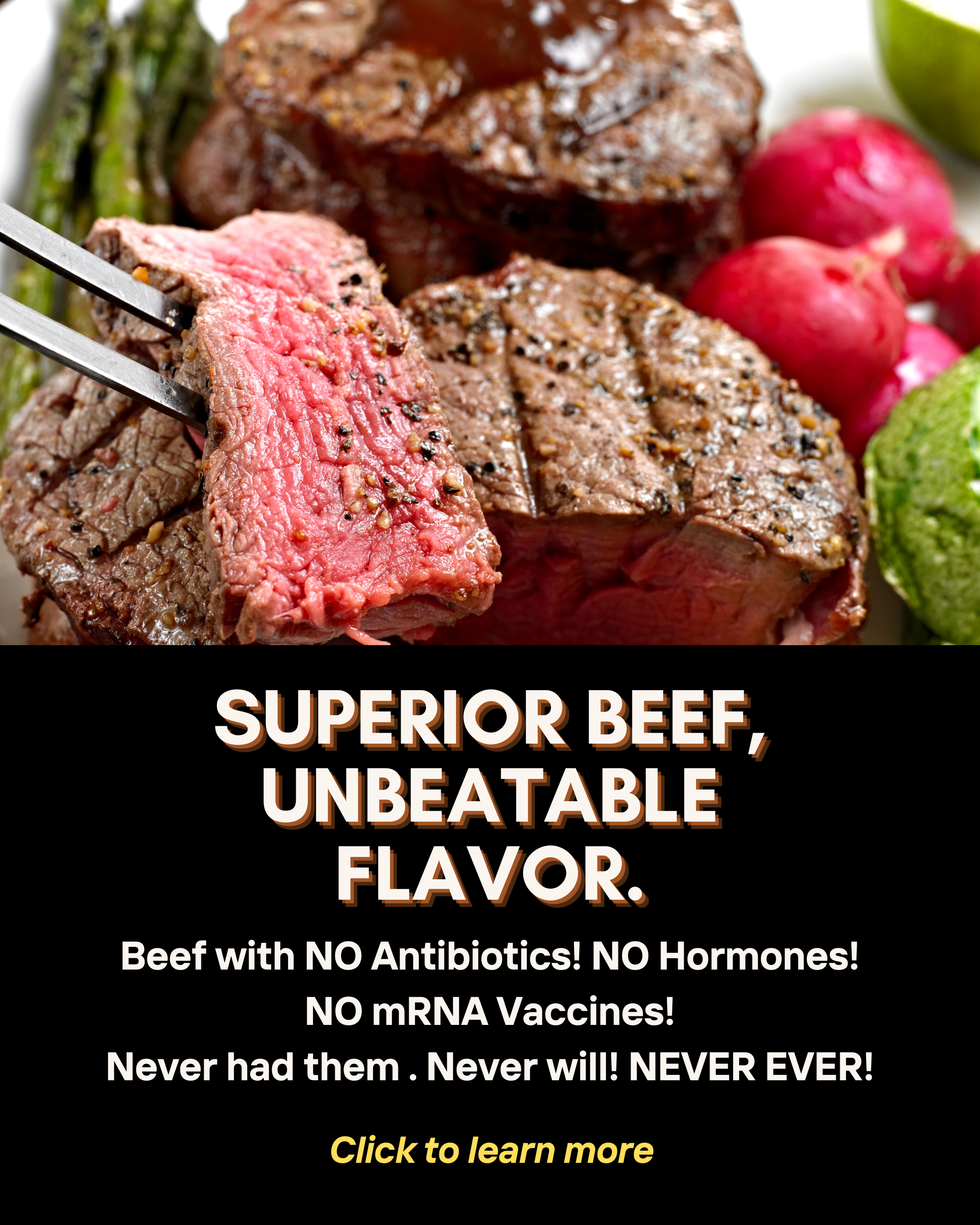by Dale Blankenship and Cat Sansing
How do you select the best wine for your budget? This question drives people to hunt for reviews and scores from experts, download apps for crowdsourced ratings, or seek recommendations from wine professionals.
Follow the Golden Rule
Here’s the inside scoop: you don’t need a wine score or a sommelier to guide you in selecting best bottle of wine for your budget. No matter if you’re in the retail aisles or perusing the restaurant wine list, you can find a great bottle at any price range. If you know the three magic words: “Location, Location, Location”, you’ll be celebrating like Rocky Balboa every time. The Golden Rule of real estate applies to selecting the best bottle of wine for your budget and can make you feel as though you’re Indiana Jones unearthing a treasure.
Wine is and has been intertwined with mankind’s intellectual pursuits, nation building and woven into the cultural fabric of societies since the beginning of time. All that said, wine at its bottom line is a business that produces a consumer product. Behind the veil of romance is a minefield of economic concerns: weather affecting crop conditions, cost per acre/hectare of land, vineyard management, facilities, equipment, employees, governmental regulations, taxes, distribution and marketing.
Drink the World
No matter where in the world wine grapes are grown and wine is vinified, this pro tip “Location, Location, Location” is the essential clue to understanding the world of wine. Growing grapes is an agricultural industry. Producing wine is a value-added industry for that agricultural product. Not all grape growers produce their own wines and not all wine producers grow their own grapes. There are many growers that also vinify their grapes and producers that grow some grapes and purchase from other growers.
Throughout Dale’s career spanning three decades in the wine distribution industry, he found labels that tie wines geographically as closely as possible to their grape source to be the best indicator of quality vs. price. This closely parallels the concepts of farm-to-table sourcing of foods as a measure of quality. Inspecting a wine label should be like zooming in on a Google Earth map — going from a 30,000 foot view to a bird’s eye view. Don’t get stuck at cruising altitude. Dive in to the details on region or appellation.
General -> -> -> Specific
So how does “Location, Location, Location” apply to a wine label or wine list? Working within your budget, check off at least 2 of these 3 items from the identifying information for quality selections.
- Location 1) Region/Appellation:
USA: AVA (American Viticultural Area)
European Union countries (France, Italy, Spain, Germany, Portugal): classification of Quality Wines Produced in Specified Regions (QWpsr) or Table Wine; regions shown as AC or AOC in France, DOC or DOCG in Italy and Spain, QmP in Germany
South America (Mexico, Argentina, Chile): similar to USA with wine growing regions - Location 2) Sub-appellation (Ex: Rutherford, Alexander Valley, Haut-Médoc or Châteauneuf-du-Pape)
- Location 3) Estate, Chateau or Bodega bottled and/or named vineyard.

Vino Listophobia
You may often see unfamiliar wineries or labels on wine lists. Fear not! These are usually small production boutique wineries that represent some of the best examples of their varieties. Having tasted wines from across the globe, we follow these guidelines ourselves when selecting a bottle from a wine list.

Animals & Economics: Don’t Judge a Bottle by Its Label
In most cases, avoid wine labels with critters and pretty pictures on them. This is usually a peacocking distraction from a wine that might not be well made. Try to avoid wines with origins showing just the name of the country or state on them. These are typically large volume wine processes that involve extra chemistry to produce. (Headache time for sensitive individuals!) In the U.S., there are exceptions in which a producer may use grapes from two separate growing regions, but regulations require that this wine be labeled by the state designation. In this case, most conscientious producers will give more specifics as to the grape source on the back label.
Price point is not necessarily a determining factor in quality. It’s possible to find well made wines at very low prices for a number of reasons only known to industry insiders. Wine distribution can be a cutthroat business. However, in the United States, the industry generally considers the premium wine category to begin at $9 retail. Fine wine generally begins at around $15 retail. On-premise (restaurant) pricing is far different from the price you see in the wine aisles. Don’t complain to the restaurant staff if the wine you drink and like at home is 3 to 4 times the price on their wine list. The economics of restaurants necessitate a different pricing strategy.
While searching for that Goldilocks bottle to pair with an entree selection, a bottle of bubbles is a great beginning. Sparkling wine or Champagne pairs with everything!
Our motto: “All the best bottles of wine reflect a taste of time, place and passion”
No matter the reason or season, “Location, Location, Location” will guide you to your best wine adventure. Welcome to this timeless journey!
Note: Dale Blankenship, Co-Founder of Umami.Life and Pro Wine Guide, has experience covering three decades in the U.S. wine distribution industry.




